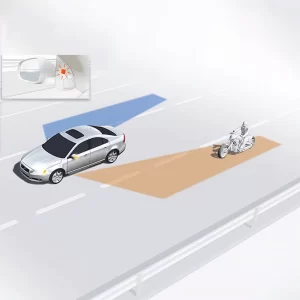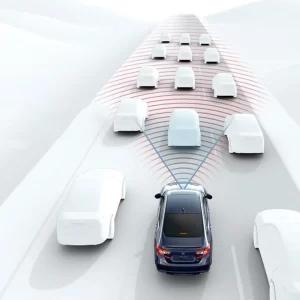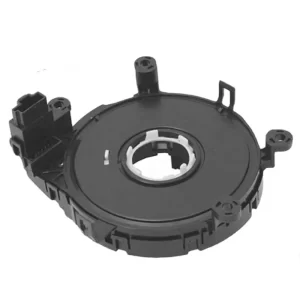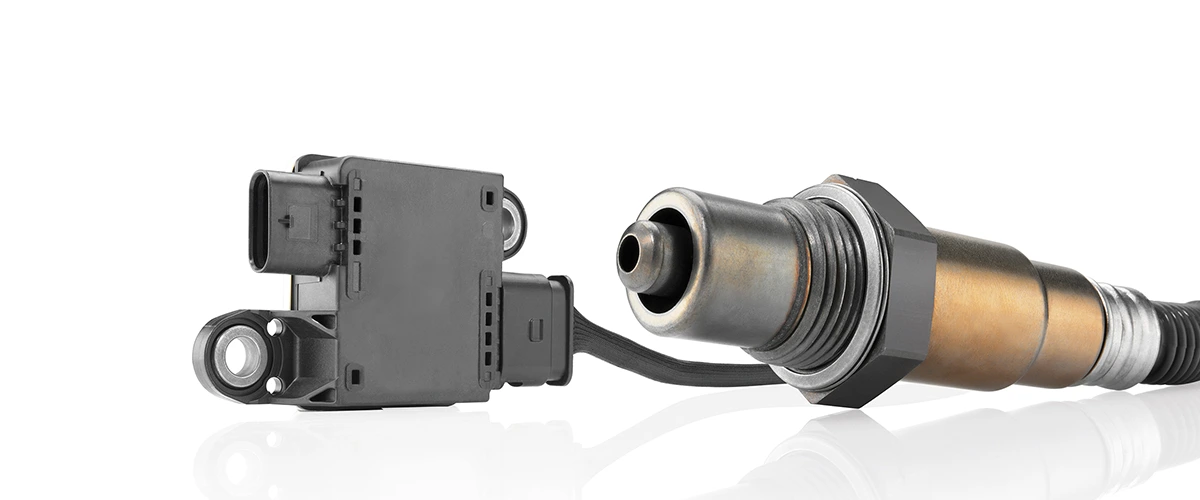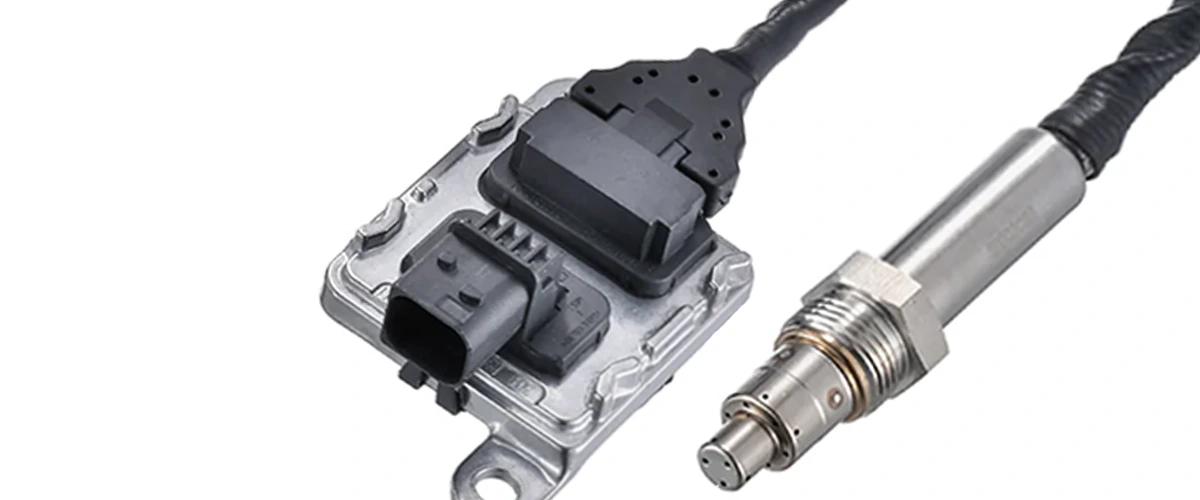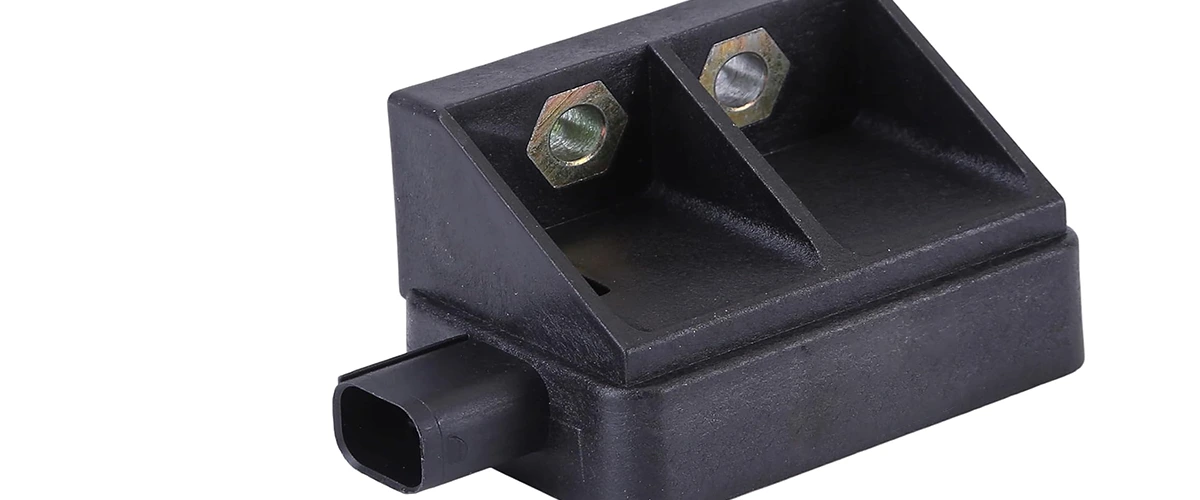As one of the key components of the ignition system, the ignition coil has different types of products to meet the engine function and performance requirements of different cylinder numbers.
For you better know ignition coil, you may would like to know:
Ignition coils for ignition systems with rotating high-voltage distribution
These cylinder ignition halves are used in vehicles with ignition distributions in contact-controlled or transistor-controlled ignition systems. The three-way electrical connection corresponds to that of a normal ignition coil.
The contact switch is connected to terminal 1 of the ignition coil and supplies the primary winding with ground. The high voltage output of the ignition distributor is connected to terminal 4. Although conventional ignition coils are still used in older vehicles, ignition coils with integrated electronic controls are now used in vehicles with transistor ignition.
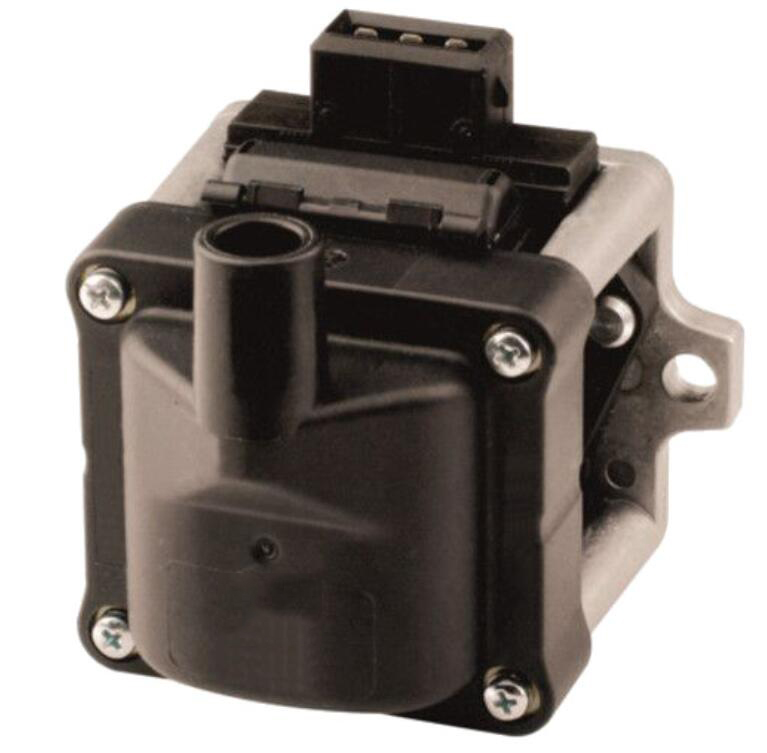
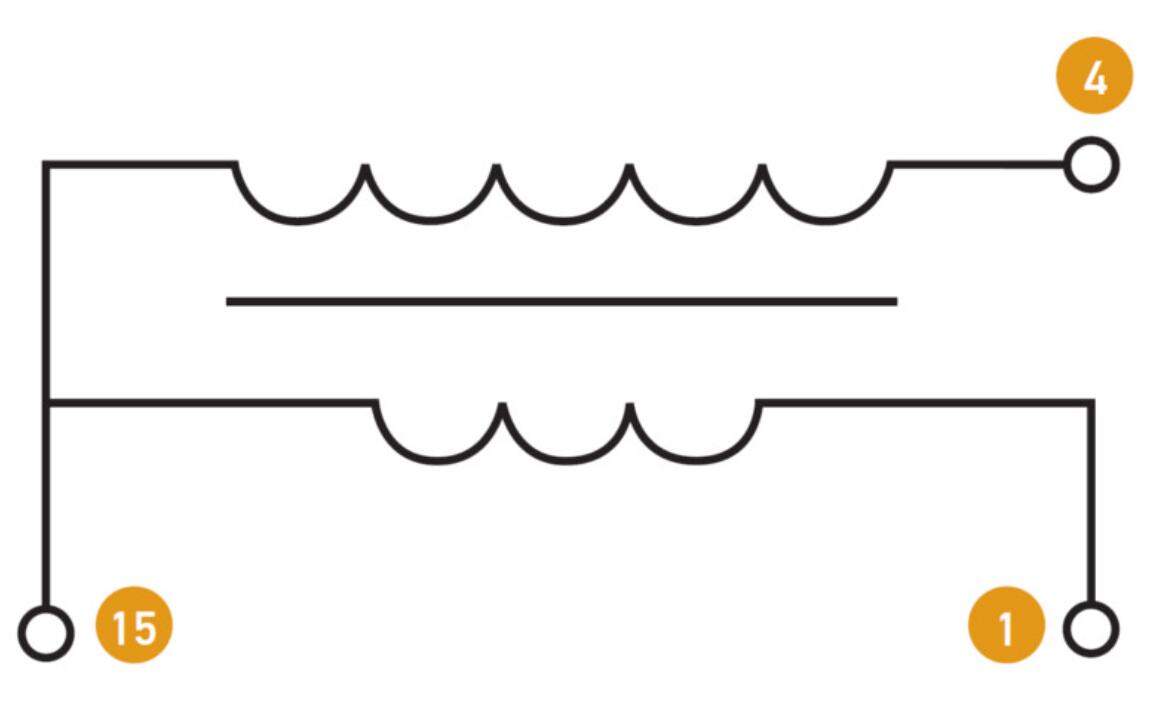
Dual-spark ignition coils
Dual-spark ignition coils are installed in ignition systems with static high voltage distribution. These ignition coils are used with engines with an even number of cylinders.
The primary coil and the secondary coil of a dual spark ignition coil each have two connections.
The primary winding is connected to the voltage source at terminal 15 (plus) and to the output level of the ignition or electronic control device at terminal 1 (ground). The secondary winding is connected to the outputs (4 and 4a) with spark plugs.
In these systems, two high-voltage spark plugs are fed through each individual ignition coil. Since the ignition coil generates two sparks at the same time, one spark plug must be shifted by 360° in the cylinder working cycle and the other in the exhaust cycle.
On a four-cylinder engine, for example, cylinders 1 and 4 are connected to one ignition coil and cylinders 2 and 3 to another. The ignition coils are started from the ignition output stages of the electronic control unit. It receives a TDC signal from the crankshaft sensor to begin firing the correct ignition coil.

Four-spark ignition coils
Four-spark ignition coils replace two twin spark ignition coils in four-cylinder engines. Each of these coils has two primary coils, each of which is triggered by the output level of the electronic control unit. There is only one secondary winding. Each output has two connections for spark plugs; they are reversed using diode cascades.
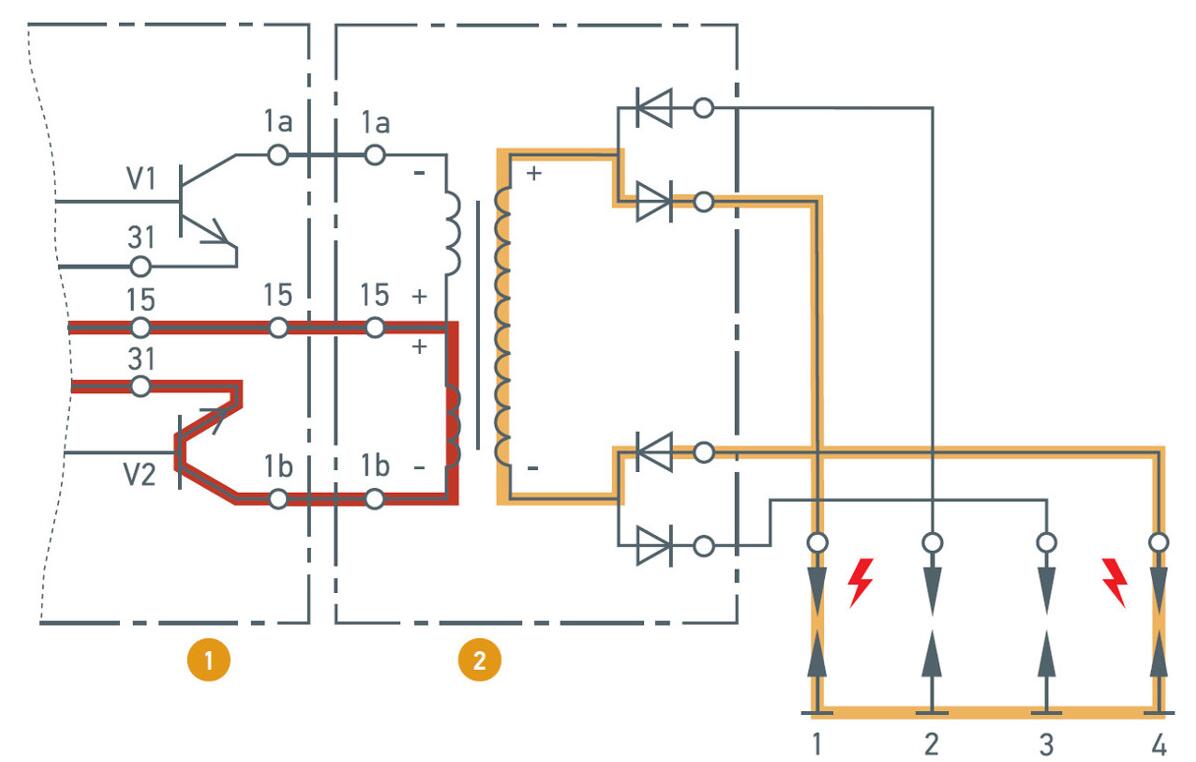
Single-spark ignition coils
In single spark ignition systems, each cylinder is assigned one ignition coil with a primary and a secondary coil. These ignition coils are usually mounted directly on the cylinder head above the spark plug.
These windings are also connected to the primary winding at terminal 15 (voltage supply plus) and to the electronic control unit at terminal 1 (ground). The secondary winding is connected to the spark plug at the output of terminal 4. If terminal 4b is also present, this connection is used for misfire monitoring. The start-up takes place according to the sequence set by the electronic control unit.
The circuit of a single spark coil corresponds to the circuit of a normal ignition coil. In addition, a high voltage diode is used in the secondary circuit to suppress the “closing spark”. This diode suppresses the unwanted spark that occurs when the primary winding is turned on due to the self-induction of the secondary winding. This is possible because the secondary voltage of the closing spark is the opposite polarity of the ignition spark. The diode blocks in this direction.
For single spark coils, the second output of the secondary coil is routed to ground via terminal 4b. A measuring resistor is installed on the ground wire to monitor the ignition; this allows the electronic control to measure the ignition current drop during the spark.

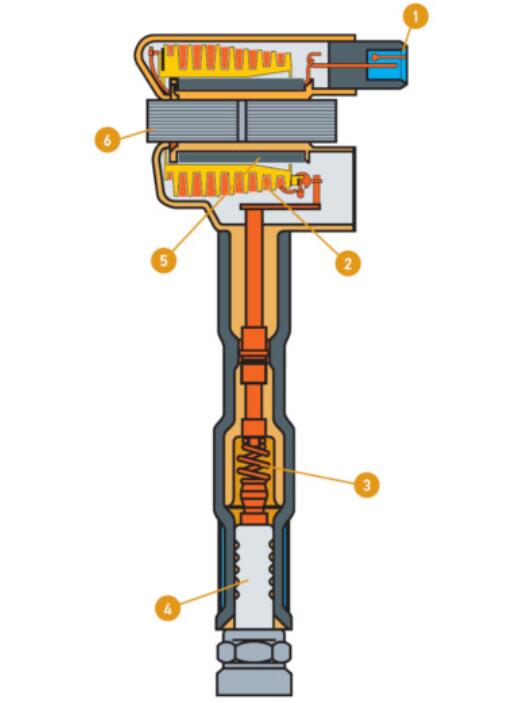
Get Full Support
MOOCAR — as a leading exporter, we are continually developing breakthrough sensing and actuating solutions to help optimize emissions control, fuel economy, and drivability. In addition to the above parts, we offer full support of data, market information.

